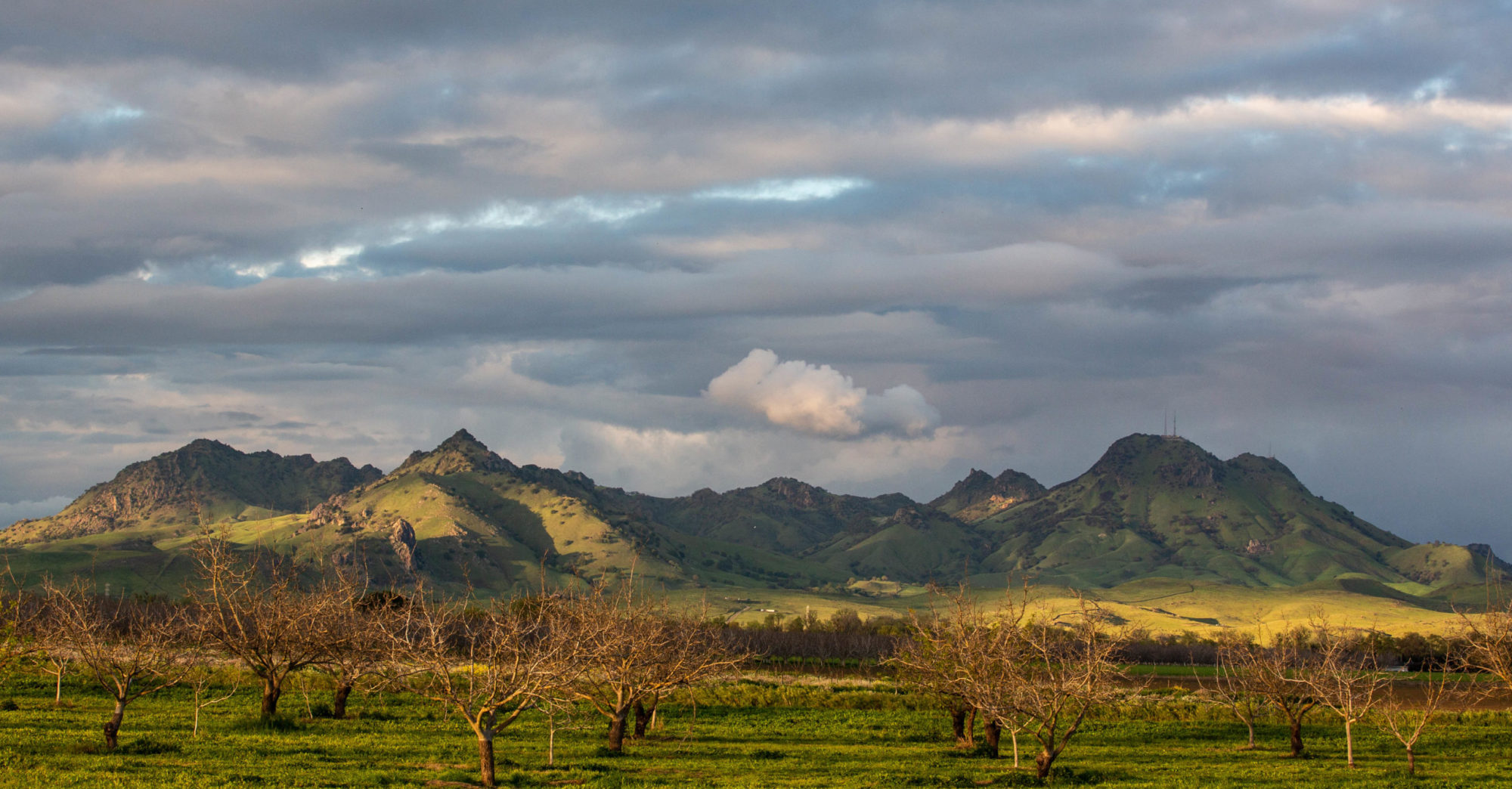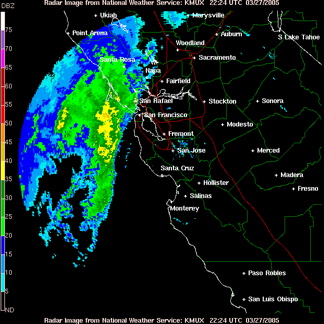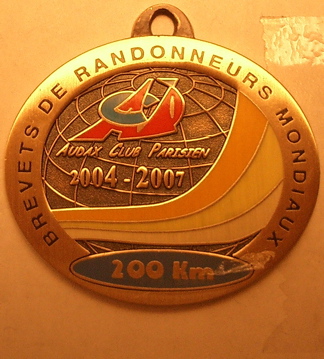It’s late, and I’m being lazy. Specifically, I’m “repurposing” (now there is a great word) a little piece I wrote for a local bike club newsletter, the Grizzly Peak Cyclists. It may be too cute by half; if so, I plead guilty and promise to get back to my usual hard-bitten prose right after I copy and paste this little gem:
An Early-Season Brevet
It’s brevet season. “Brevet” is a French word meaning “ride till you hurt.” Brevet-season participants start the year with a 200-kilometer ride (125 miles or so), then graduate to distances of 300, 400, and 600 kilometers (roughly 187.5, 250 and 375 miles, respectively), all ridden in a time limit that ranges from 13.5 hours for the 200 to 40 hours for the 600 . The grand prize for completing the four brevets is qualifying to ride an even longer one: a 1,200-kilometer event, which comes with a slightly more generous time limit of 90 hours. Since all that sounds like a worthy undertaking to some of your fellow Grizzlies, several of whom have declared their intent to ride the 1,200-kilometer Gold Rush Randonee this July, you can spot them headed out of town before dawn on certain Saturday mornings. One of the favorite destinations for these “brevet-heads,” as they style themselves, is Davis.
The flatland town has a thing about riding until it hurts; gas stations there have been replaced by roadside dispensaries for Chamois Butt’r, bag balm, and other cycling salves and unguents. The local bicycle cult, organized under the name “Davis Bike Club,” has fashioned the town the Brevet Capital of Everywhere That’s Not France. To establish and maintain that claim, the club has for years sponsored a series of spring brevets (they’re not the only ones, though: locally, series are also offered through similarly inclined groups in San Francisco, Santa Cruz, and Santa Rosa). Among non-French clubs, the DBC has in recent years boasted the largest number of affiliated riders in the Mother of All Brevets, the quadrennial Paris-Brest-Paris.
This year’s DBC brevet season opened March 5 with a 200-kilometer jaunt (with 5,500 feet or so of climbing) from Davis, naturally, to the Grange Hall in beautiful Pope Valley and back. Weather’s always a factor on long rides, and the day was beautiful — so clear that the high peaks of the Sierra were outlined against the dawn sky, with a light to moderate westerly breeze that would swing to the north and east just in time to make sure the slower riders could have a headwind both out and back.
The Davis 200, following the same route year after year, has a certain rhythm: A fast tempo for the first 25 or 30 miles with lots of pacelines as you roar across the western edge of the Central Valley and begin the gentle and lovely climb up Highway 128 along Putah Creek as it flows down from Monticello Dam and Lake Berryessa; then 35 miles or so of small climbs and rollers through ranches and vineyards all the way to Pope Valley. The return is, well, similar, but in reverse, with a final swooping descent from the dam to dump you back into the lowlands. On the final stretch back to Davis, the packs of riders, thinned out by the hills, are much smaller.
The handful of Grizzlies spotted on their machines this day included Peter Morrissey, who was seen chasing the lead pack about 10 miles after the turnaround; Bruce Berg, who started out fast and stayed that way (finishing the 125.6 miles in 7 hours and 27 minutes, including stops); Rob Hawks, who finished in about 7:55; Jim Bradbury, smiling as usual; and your correspondent, who clocked in at 8:39 and was glad to be done. This is by no means an authoritative list; my apologies to any Grizzlies I’ve omitted.
(If this kind of event is for you, or you want to get someone out of the house for days at a time, brevet schedules and details are available at the Randonneurs USA site: http://rusa.org.)


